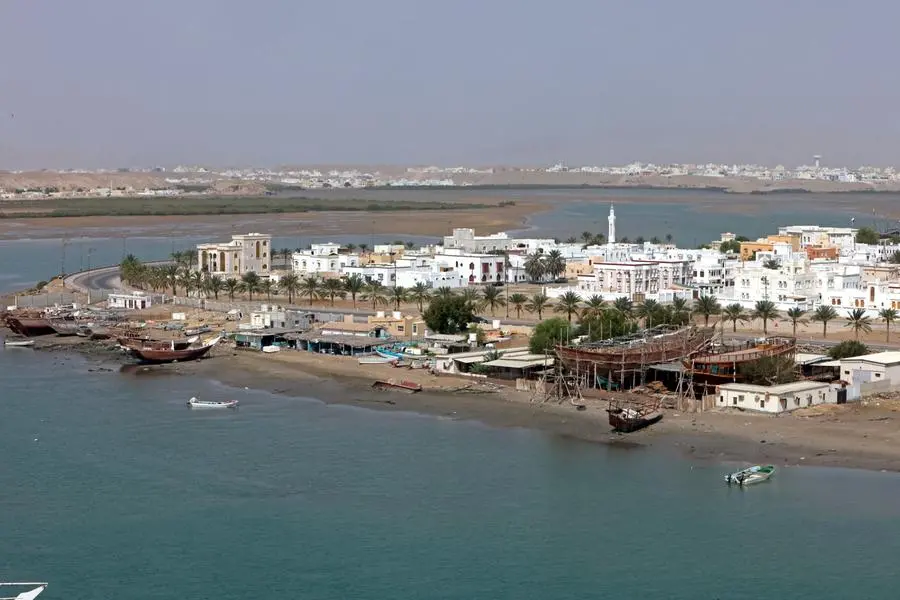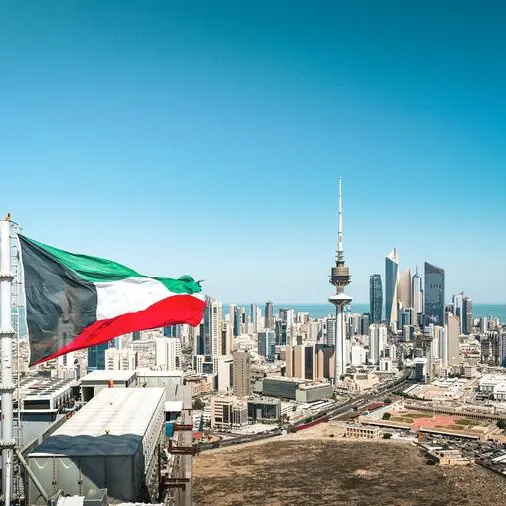PHOTO
A picture shows a view of the Omani port city of Sur, south of the capital Muscat, on June 19, 2022. (Photo by MOHAMMED MAHJOUB / AFP) Image used for illustrative purpose.
While Oman expanded its product range exported to Singapore from 51 in 2000 to 135 in 2018, imports surged even more dramatically, from 282 to 951 products during the same period.
Oman has become an open trading system, actively engaging in global economic integration. Since 1970, the country has progressively opened its economy to international trade, with a focus on diversifying beyond hydrocarbons as part of its Oman Vision 2040. One key step towards greater global integration was Oman’s participation in the Gulf-Singapore Free Trade Agreement (GSFTA) with the Gulf Cooperation Council (GCC).
Negotiations for the GSFTA began on January 17, 2007, and the agreement came into force on January 1, 2015. The GSFTA aims to enhance trade and investment opportunities for Oman, especially in non-hydrocarbon sectors.
Its objectives include comprehensive tariff elimination, allowing Omani goods to enter Singapore tariff-free and vice versa; liberalization of services trade with no restrictions on quantity or quality; and alignment of government procurement practices with World Trade Organisation (WTO) standards. The agreement also promotes bilateral investment flows and cooperation in sectors such as information and communication technology, halal certification, air services, and business visits. Importantly, it recognizes the Halal Certification by Singapore's Majlis Ugama Islam Singapura (MUIS).
Historically, Oman’s comparative advantage has been concentrated in raw materials, fuels, and minerals like oil and gas. Since 2015, Oman has expanded its competitiveness in certain consumer and intermediate goods, chemicals, and metals.
However, Oman’s agricultural sector, hampered by arid conditions and water scarcity, has consistently shown a comparative disadvantage. Other sectors where Oman faces competitive challenges include capital goods, machinery, plastics, textiles, and transportation equipment.
Oman’s integration into the global economy has accelerated since joining the WTO in 2000. The country has seen a substantial increase in trade, with average tariffs dropping from around 5 per cent in 2005 to less than 0.60 per cent in 2018, reflecting progress in trade liberalization. However, food products saw a notable increase in tariffs between 2015 and 2018, resulting in higher food prices. Oman's food imports from Singapore also rose, from 3.4 per cent in 2015 to 4.9 per cent in 2018.
From 2000 to 2012, Oman enjoyed a strong trading position with Singapore, with exports exceeding imports due to high oil prices. However, since 2012, Oman’s export value to Singapore has declined significantly, erasing gains made before the trade agreement. While Oman expanded its product range exported to Singapore from 51 in 2000 to 135 in 2018, imports surged even more dramatically, from 282 to 951 products during the same period.
Following the GSFTA’s implementation in 2015, Oman’s exports to Singapore grew by 20.5 per cent, but its imports from Singapore increased by 60.6 per cent, underscoring Oman’s growing demand for Singaporean goods.
This also highlights Oman’s weaker presence in the Singaporean market.
While Oman expanded its product range exported to Singapore from 51 in 2000 to 135 in 2018, imports surged even more dramatically, from 282 to 951 products during the same period.
While Oman initially maintained an export advantage with Singapore, the post-2015 period saw a regression. Oman’s export market share fell below its import share, reversing the pre-GSFTA trend. The main products Oman exports to Singapore are capital goods, consumer goods, intermediate goods, chemicals, and fuels.
Notably, Oman’s export share of capital and intermediate goods to Singapore decreased from 46.6 per cent in 2015 to 23.4 per cent and from 45.2 per cent to 33.6 per cent, respectively, by 2018. However, exports of consumer goods, chemicals, fuels, and machinery grew significantly, indicating some benefits from the free trade agreement in these categories.
The GSFTA has delivered on its promise to stimulate trade between Oman and Singapore. Oman's imports from Singapore have increased, providing Omani consumers and producers with lower-priced goods and a wider variety of products. However, the agreement operates under unequal business conditions, with Singapore’s superior business environment and competitiveness posing a challenge for Oman.
For instance, Singapore ranks first globally in terms of competitiveness, while Oman ranked 53rd in 2019, highlighting significant gaps in doing business.
For Oman to fully benefit from the GSFTA, it must strengthen its manufacturing sector and increase exports of non-hydrocarbon products. Additionally, improving trade complementarity and addressing behind-the-border barriers, such as administrative inefficiencies, will be crucial for Oman to increase its export share to Singapore. Private sector involvement, along with greater collaboration between business groups and policymakers, will also play an essential role in enhancing bilateral trade.
In conclusion, while the GSFTA has stimulated trade between Oman and Singapore, Oman’s exports to Singapore remain below expectations. The agreement has yet to deliver a truly level playing field, particularly in addressing Oman’s trade and business environment challenges. However, with targeted efforts, Oman can still leverage the GSFTA to bolster its long-term trade strategy.
Azmat Gani 2022 © All right reserved for Oman Establishment for Press, Publication and Advertising (OEPPA) Provided by SyndiGate Media Inc. (Syndigate.info).
Azmat Gani





















